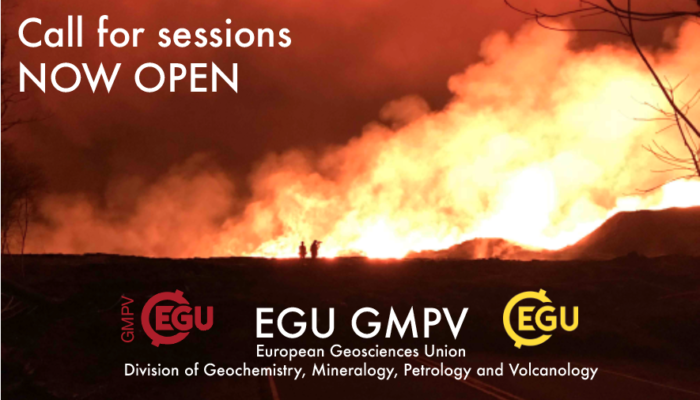What is it? Lithiophilite, LiMnPO4 What’s it made of? Lithium (Li), manganese (Mn), phosphorus (P) and oxygen (O). The PO4 at the end of the formula makes this a phosphate mineral (phosphorus + oxygen = phosphate). What’s it’s structure? The way the different atoms are arranged in lithiophilite is described as orthorhombic, which means the crystal is built of lots of tiny cuboid- ...[Read More]
What I learned from chairing my first EGU session
By Emily Bamber (PhD Student, University of Manchester) At this year’s EGU meeting I was invited to co-convene the GMPV 5.7 session ‘Magma ascent, degassing and eruptive dynamics: linking experiments, models and observations’. At first, I felt nervous, as a PhD student who has so far only attended and presented at a few conferences. Afterwards I felt happy to be part of a session which presents cu ...[Read More]
#mineralmonday: lazurite
#mineralmonday: your weekly* dose of obscure mineralogy, every Monday** [*not guaranteed; **or possibly Tuesday-Sunday] What is it? Lazurite. Take a deep breath, the formula is Na3CaAl3Si3O12S. That’s a lot of elements to digest, what does it mean? Well, the aluminium (Al) and silicon (Si) form tetrahedra (4-faced 3D triangular shapes), with oxygen (O) on the points. These are arrange ...[Read More]
Seven reasons why YOU should propose an EGU 2020 session
Did you ever notice that the majority of convenors of the EGU conference sessions seem to be older than you? Have you ever despaired that none of the conference sessions are directly relevant to your work? Does your CV look conspicuously blank in the ‘Service’ section? Have you ever tried to sneak one of your friends into the EGU Friday night party only to be discovered, have your conf ...[Read More]




